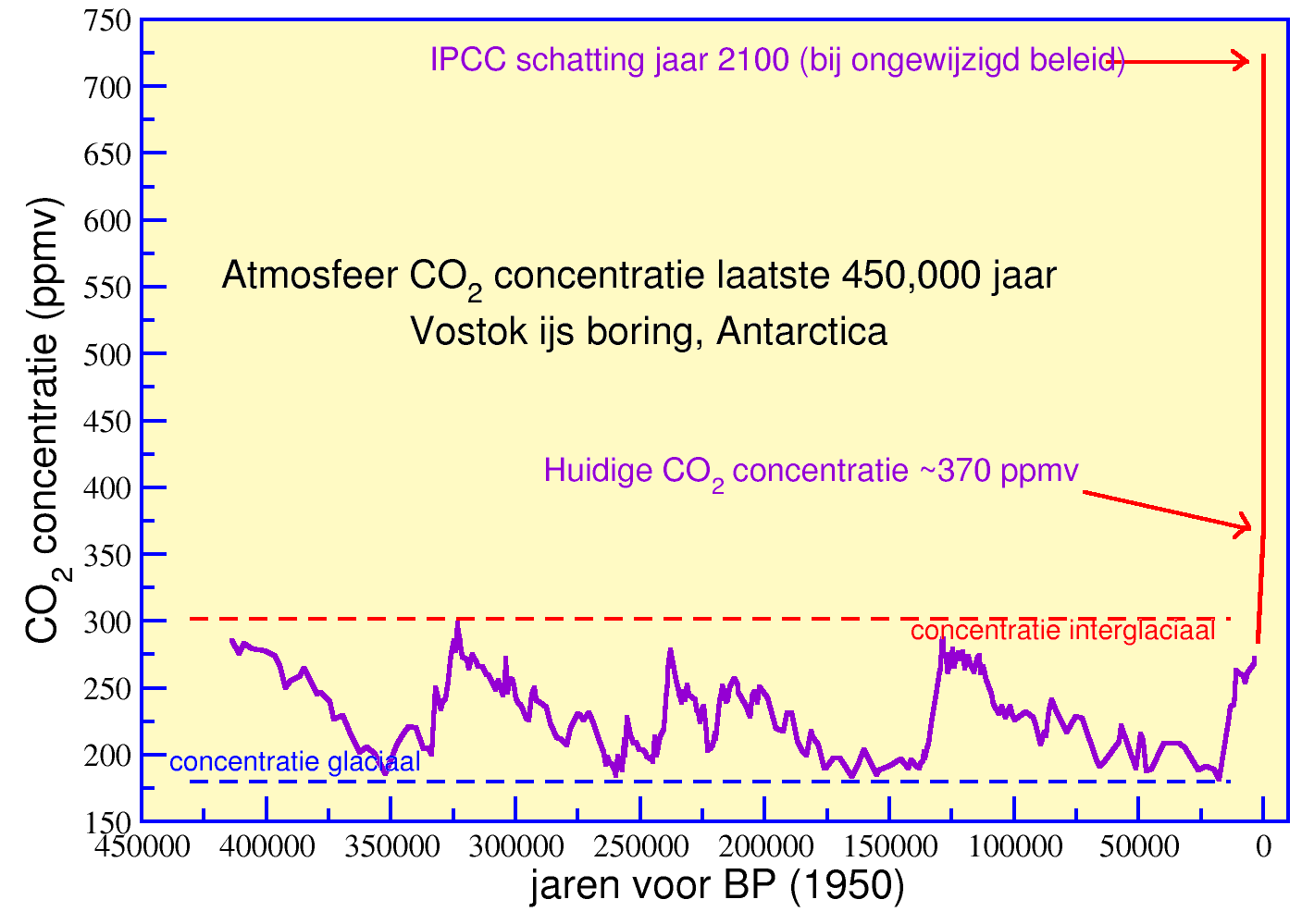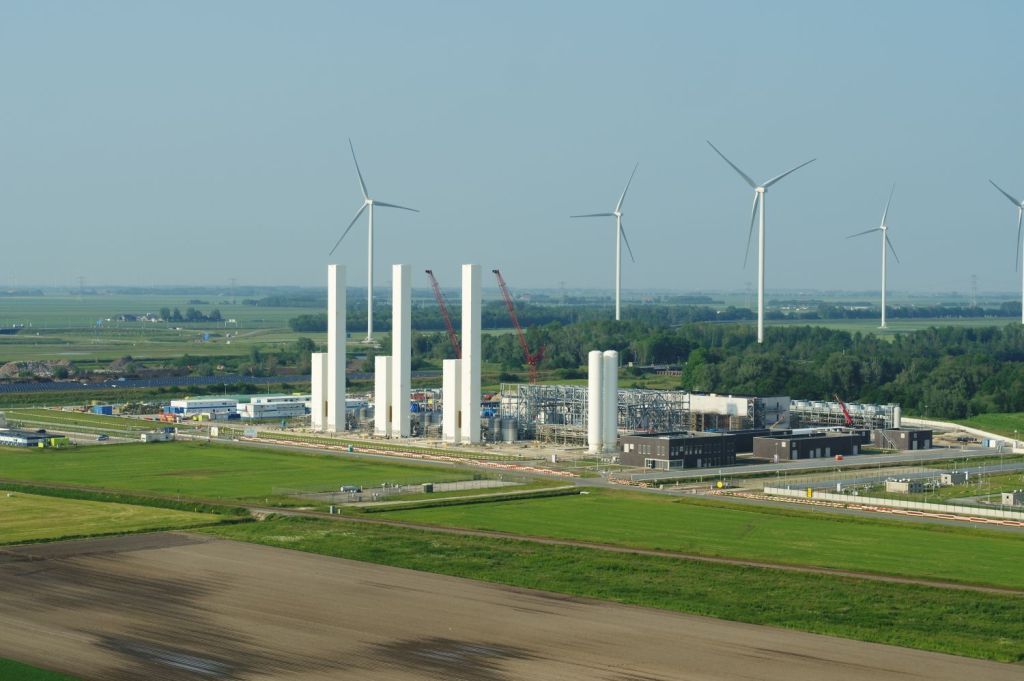Gas injection can put an end to Groningen earthquakes
The pumping out of hundreds of billions of m3 of natural gas has seriously weakened the soil. As a result, it decreases. Gas injection restores pressure.
Contents
Stop pumping gas not enough to stop earthquakes
The reason that there is so much damage to houses in Groningen has everything to do with the loss of gas pressure. Hundreds of billions of cubic meters of gas have been pumped up, and as a result the back pressure in the soil has fallen sharply. As a result, gravity took over and the soil subsides until a new equilibrium is established. An equilibrium in which the bottom is lowered by tens of centimetres.
Stopping gas pumping, as the government is about to do, will not solve the problem. What is still the soil is not in balance. Even now that gas extraction has almost completely ceased, with extractions just enough to keep the gas wells usable (4 billion m3 per year). In fact, it is therefore better to restore this pressure. With gas injection. This can also be done at a much lower cost than repairing all future damage, states the non-subsidised Solution Groningen working group in, among other things, an article in Technische Weekblad.
How does gas injection work?
https://solutiongroningen.nl/wp-content/uploads/2023/02/Edit-Groningen-Voor-Website-Clip-1-1.mp4?_=3
The gas injection technique is remarkably simple and is already widely used, for example in the gas storage sites Norg, Grijpskerk, Bergermeer and Alkmaar. Basically, you use an old gas well to send gas the other way, that is, down. In the gas storage facilities this is methane, the main component of natural gas. But in principle this can also be done with other gases, such as carbon dioxide or nitrogen.
Nitrogen is preferred here, because it is much more difficult to dissolve in water and thus increases the pressure more effectively. The risk of accidents is also zero: four-fifths of our air consists of harmless nitrogen gas. You can compare it to inflating a bicycle tire. The more firmly the tire is inflated, the more pressure it can withstand.
How much will gas injection cost?
The biggest cost item is the infrastructure: the pumps and the nitrogen factory. The Groningen Solution Working Group estimates these costs at 3 to 4 billion euros. Relatively speaking, this is a bargain, because it prevents more than 100 quakes and subsidence.
If we make use of the abundant solar energy in the summer, which regularly even results in negative electricity prices, we can use gas injection to restore the pressure in Groningen in a CO2-neutral way (which is very important to climate activists) and for relatively little money. to take.
Lots, lots of nitrogen
Of course we need large quantities of nitrogen to pump into the gas field. Fortunately, after much wrangling, the nitrogen plant in Zuidbroek in Groningen has now been completed, although a lot more nitrogen, around tenfold, will probably be needed to really stop the quakes definitively.
The installation in Zuidbroek produces 0.18 million cubic meters of nitrogen per hour. On an annual basis, this would be around 1.5 billion cubic meters. Sufficient for gas import (nitrogen is added here to make this gas more similar to Groningen gas, so that you could make around 20 billion cubic meters of Groningen gas with this), but hopelessly insufficient for bringing the pressure up to standard by means of gas injection.
That would be possible with a factory ten times the size. If the pressure is sufficiently up to par again, you could even start with replacement gas production. So for every cubic meter of nitrogen pumped in, one cubic meter of natural gas is extracted. That can then be done safely. At the moment, the Groningen field still contains around 600 billion cubic meters of natural gas. At a sales price of 0.50 euros per cubic meter, this is enough to cover the government budget for almost a year and to fund all kinds of very useful political hobbies.
Yes, but what about the climate?
Gas (with the exception of the newly discovered white hydrogen) is relatively the cleanest fossil fuel. The Groningen natural gas field can be filled with nitrogen using sustainably generated electricity. If we decide to restart gas extraction in Groningen, this time with full pressure compensation, this will mean some extra CO2 emissions, but not spectacularly much. Certainly not, if we replace imported gas or coal with this gas injection, it will actually mean a considerable saving.

You may also wonder whether CO2 emissions are as bad as is often suggested. Major environmental problems such as poisoning with persistent chemicals, micro- and nanoplastics and the destruction of the natural habitats of animals and plants are many times more serious, while much less attention is paid to them.
CO2 is a boon for plants and during the last ice age it was only a hair’s throw away from the CO2 level (then 190 ppm) falling below the minimum level that C3 plants (most plants) need to grow to some extent (150 ppm). ppm). This really would have been a plant holocaust: we would have had to live on a diet of corn, sorghum, and purslane, and perhaps the odd prickly pear. 90 percent of all plant species is a C3 plant, only 1% a C4 plant.



